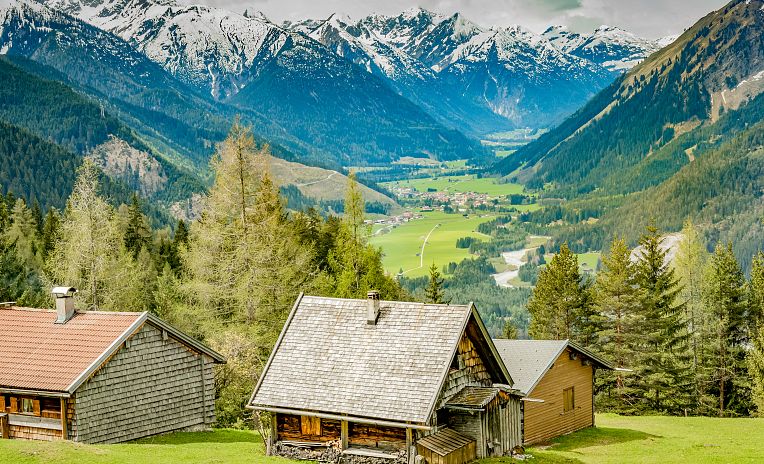The Lech - the last wild river in Central Europe
"The only constant is change," the philosopher Heraclitus of Ephesus once said. He probably didn't mean the wild river Lech, but nevertheless this quote fits quite wonderfully to the last wild river in the northern limestone Alps.
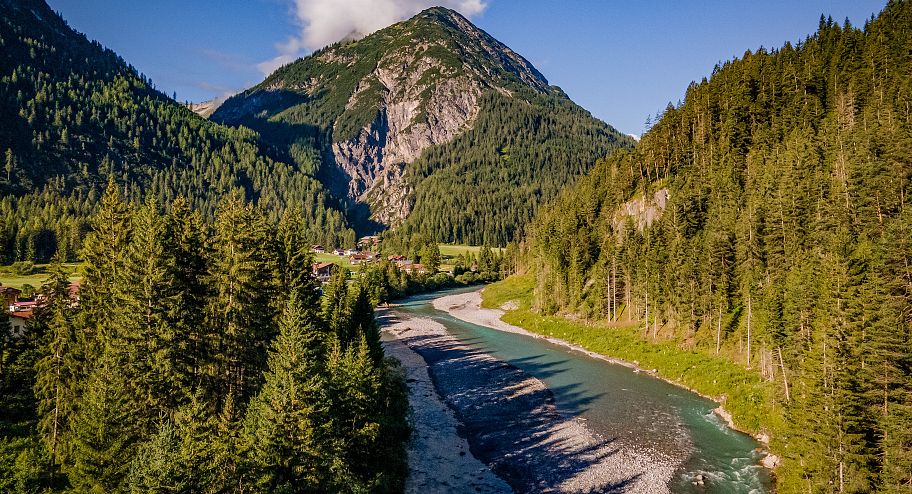
From the source to the mouth
wild & frei
What begins with a small, inconspicuous spring near the Formariensee lake in Lech am Arlberg soon develops into a dynamic mountain river that flows for around 264 km through Tyrol, via the Lech Falls in Füssen in the Allgäu, on to Augsburg and finally flows into the Danube in Marxheim.
The Lech has always been a lifeline for numerous villages and towns that lie on its banks. On its journey to the Danube, the wild river passes through numerous barrages and only in the Tyrolean Lech Valley is the wild alpine river still allowed to spread out and shape its riverbed anew time and again. In the Lech Valley, the Lech is allowed its freedom and this is one of the reasons why the nature park region in the northwest of Tyrol has remained so natural and unspoiled.
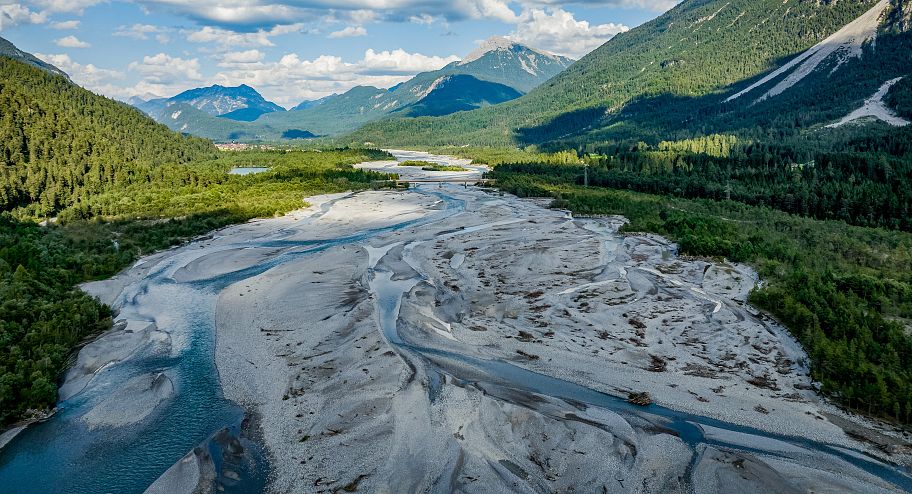
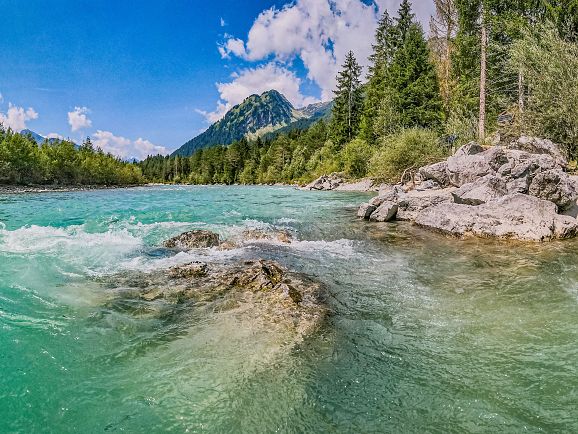
The Lech in Häselgehr
Particularly fascinating is the turquoise-shimmering and clear water of the Lech, which is mainly due to the mineral content of Lech stones and the low water temperature with an average of 6 degrees Celsius. In addition, the Lech is "rich in stones" in the truest sense of the word. Even the Celts called it Likates or Licus, which means "the stony one".
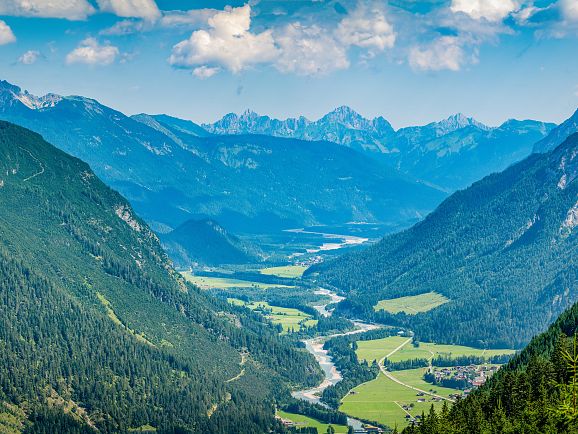
Elmen, Vorderhornbach and Stanzach in the Lech Valley
Then as now, the "last wild one" also has an extremely important economic significance. In the Middle Ages, the Lech served primarily as a transport route to the Danube for raftsmen and trade goods. Today, the Lech is used for clean and above all renewable energy production in the Alpine region.
